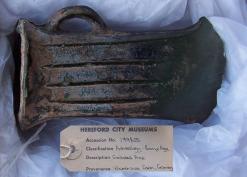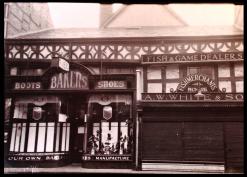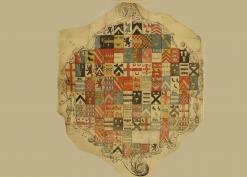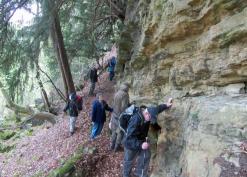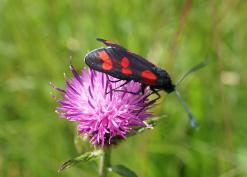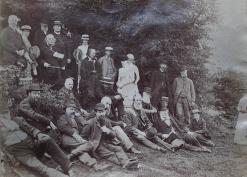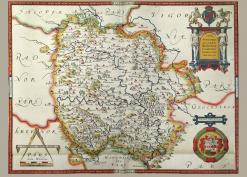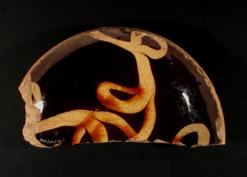Nature
NATURE
The Club’s very name – ‘Naturalists’ Field Club’ tells you that the natural world was one of its most important fields of study. As women were not admitted as members of the Club - barred more by convention than by lack of respect for their abilities - nature was a field where they made a significant contribution to the knowledge of the county.
One of the earliest subjects was Mycology i.e. fungi and allied organisms. The early illustrations of fungi in the Transactions were hand-coloured. ‘Fungus Forays’ were reported from 1872 and the Club was an early member of the British Mycological Society founded in 1896.
Other topics covered are: Birds (Ornithology) , Botany, Insects, Mammals, Weather to name a few. Unfortunately the only way of identifying birds in the early days of the Club was to shoot them, which makes for distressing reading.
Trees and Woodland includes ancient woodland and special trees such as boundary markers, but where man has changed the topography rather than usage e.g. water meadows the subject will be covered under the History topic.
